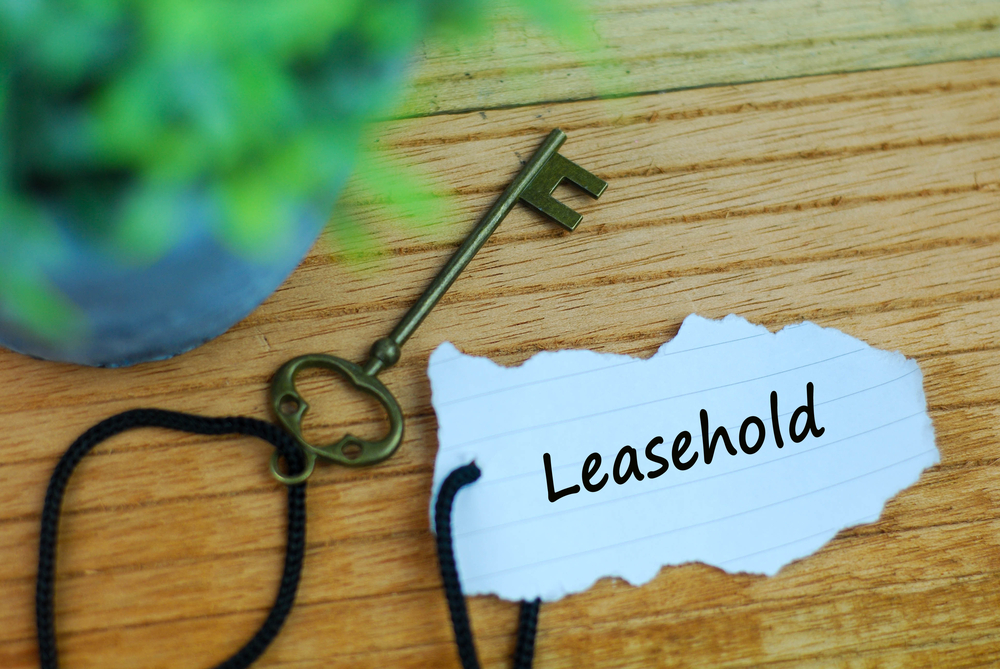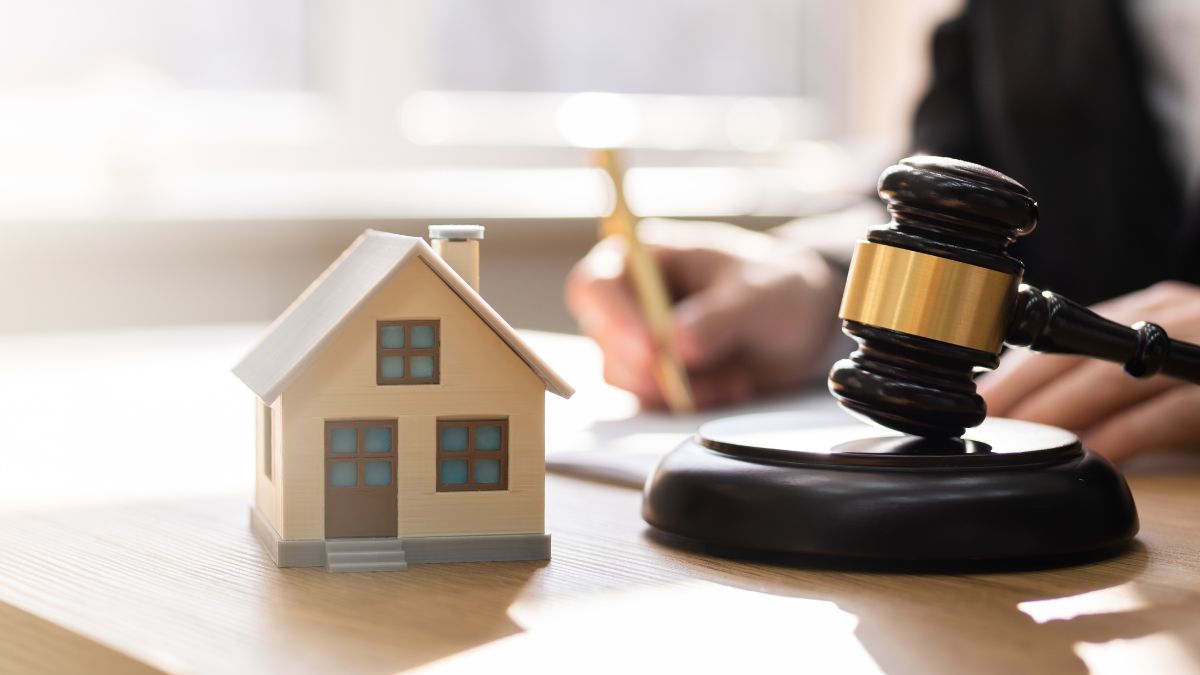
Propertymark has written to the Government to ask why attempts to protect leaseholders are being ignored.
It comes as the Earl of Lytton has been trying to secure extra protections for leaseholders not currently covered by the Building Safety Act.
He has proposed a Building Safety Remediation Scheme (NSRS) that would have ensured repair costs focus on the individuals responsible for building safety risks arising from non-compliant products or construction practices.
The scheme would be funded through a levy on the construction industry and would apply to buildings of all heights, not just those over 11 metres tall, as cladding protections currently do.
The Government has so far rejected a House of Lords amendment in the Levelling Up and Regeneration Bill designed to close loopholes that prevent leaseholders unfairly bearing the cost of historic building safety defects.
Propertymark has written to Baroness Scott of Bybrook, Parliamentary Undersecretary of State at the Department for Levelling Up, Housing and Communities to ask why this solution is not being considered by the UK Government.
Propertymark has asked Lady Scott for clarification on the following:
• How the Cladding Safety Scheme will prevent developers from passing remediation costs to leaseholders.
• What consequences will there be for developers who have passed costs onto leaseholders?
• What plans do The Department for Levelling Up, Housing and Communities have to address concerns on the limitations of the current leaseholder protections?
The agency trade body also suggests that the Cladding Safety Scheme (CSS), which has £5.1bn set aside for remediation works, does not represent the best value for money. Especially as it does not account for any other building safety issues which may come to light in the future.
The letter expresses concern about how the current system of remediation will work under the Building Safety Act 2022.
If a building did not comply
with regulations in force at the time it was built, liability for remediation of all material building safety defects is placed on the developer and principal contactor, Propertymark said.
If neither can pay or the building met the relevant regulations in force when it was built but is now, with later information, seen as unsafe, remediation funding would come from a levy on the construction industry rather that directly from the developer.
In contrast, Propertymark said, the Building Safety Remediation Scheme would provide leaseholders and their lenders with certainty that their homes will be fully remediated. Additionally, it would futureproof the law with a low-cost mechanism to deal with similar situations in the future.


























Join the conversation
Please login to comment